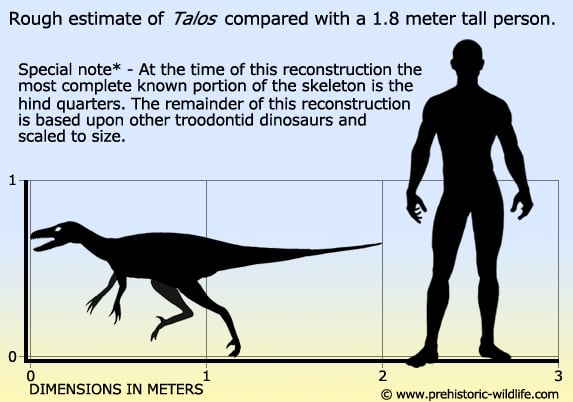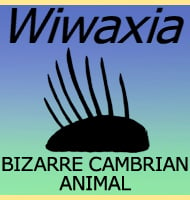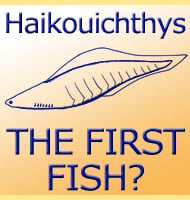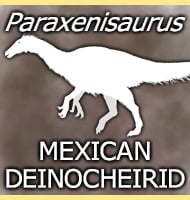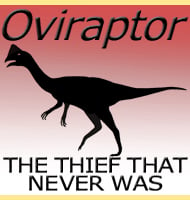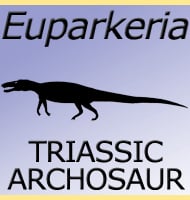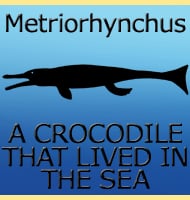In Depth
Talos is so far only known from a partial post cranial skeleton that is mostly represented by the rear limbs. However when these remains are scaled to the same proportions as other more complete troodontid genera, a rough estimate of around two meters in length can be attained for the animal. Like other troodonts and earlier dromaeosaurs, Talos had an enlarged sickle shaped killing claw on each foot.
Talos is the first genus of troodontid dinosaur recovered from the Kaiparowits Formation of Utah. Other theropods known from this formation at this time include oviraptosaurs and probable ornithomimosaurs, though the principal predatory threat would have still belonged to tyrannosaurs, with the mid-sized genus Teratophoneus also known, as well as isolated but not so well preserved remains of even larger tyrannosaurs.
A little bit further South in the Campanian aged Wahweap Formation, another tyrannosaur named Lythronax was roaming around at the same time as Talos, and it’s not wholly inconceivable that the two may have crossed paths since living animals would not have been confined to current fossil locations.
Further Reading
- A new troodontid theropod, Talos sampsoni gen. et sp. nov., from the Upper Cretaceous Western Interior Basin of North America. - PLoS ONE 9 (6): e24487 - Lindsay E. Zanno, David J. Varricchio, Patrick M. O’Connor, Alan L. Titus & Michael J. Knell - 2011.
